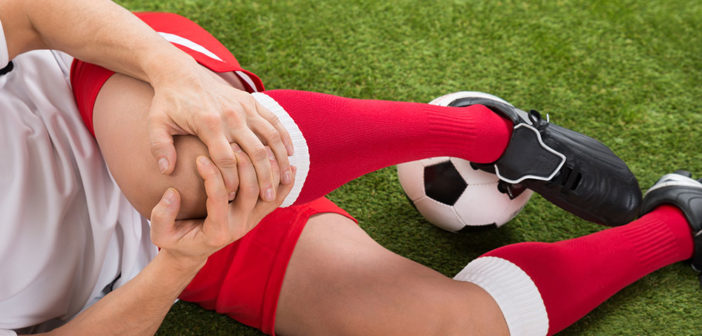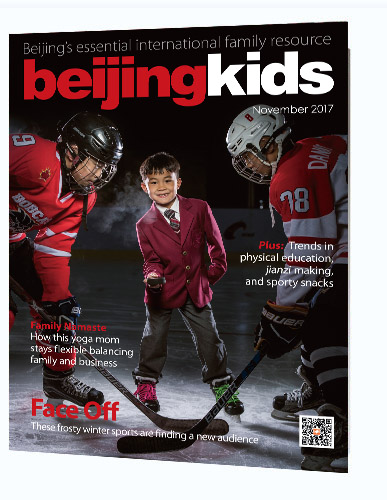In sports, unfortunately, the phrase “break a leg,” can be an unfortunate reality. For anyone that’s seriously involved in athletics, the risk of either a minor or serious injury is unavoidable. We contacted Jike Lu, chair of the Department of Orthopedics at Beijing United Family Hospital, to ask about how these risks can be minimized or avoided, along with learning some important info that everyone on the road to recovery from their injury needs to know to get back and playing in top form.
What are some of the most common sports-related injuries that you encounter as a doctor and how would you recommend they be prevented?
I would have to say that some of the most common injuries I see are Achilles tendinitis, concussions, groin strain, shin splints, muscle tears, and lower back pain.
Is there a particular sport where you’ve seen most of these injuries come from?
One study in the US for people under 19 years of age showed American football caused the most emergency room visits, followed by basketball, soccer, and baseball.
In what ways is it the coach’s responsibility to help prevent injuries?
Inform about the necessity of proper warm-ups, muscle strengthening exercises, stretching before and after activity, rest if symptoms appear, and supply rehabilitation measures if injured.
What do you think are the most important stretches you can work into your daily routine to prevent common injuries from happening?
Stretching of the quadriceps, hamstrings, adductor muscles, Achilles tendon, forearm muscles, and shoulder girdle are all very important.
How does a person know when they should have a light injury (i.e., shin splints) evaluated by a physician?
Some clear indicators are a deformity, crepitus, unable to bear weight, excessive swelling, changes in skin color beyond mild bruising, or not getting better after a few days of RICE (rest, ice, compression bandage, and elevation).
How would you say physical therapy affects the outcome of athletes returning to sports? When do you normally consider it necessary?
Physical therapy is crucial for a safe and normal return to sports and to prevent re-injury. It is necessary for most conditions.
What are some things you can tell your child that will make it easier for them not to push things too hard after encountering an injury?
It is important to let them know that if they are patient and have a gradual return to sports, it is more likely that they will not sustain a re-injury, perform better later and not suffer any long-term complications. Comfort, support, and inform them of the likelihood to return to their sport if they are patient. Make sure they know about the natural course of recovery.
Are there things that student-athletes can be doing now or be aware of so that they can prevent problems later in life?
Listen to your body, don’t over exercise if painful or there are other symptoms. You need to respect gradual rehabilitation, along with the importance of muscle strengthening exercises, stretching, and nutrition.
What’s the best piece of advice you can offer parents and coaches regarding these injuries?
Respect gradual return to sports and follow rehab recommendations to avoid re-injury or long-term complications.

Dr. Jike Lu completed his doctorate at the University of New South Wales in Sydney. Before joining Beijing United Family Hospital and Clinics, Dr. Lu completed five years orthopedic specialist training under Australia Orthopedic Association. At the same time, he served in the Department of Orthopaedic Surgery at Taree Hospital in New South Wales, Australia.
Photo: Beijing United Family Hospital
This article appeared on p18 beijingkids November 2017 issue.
Download your copy here.





